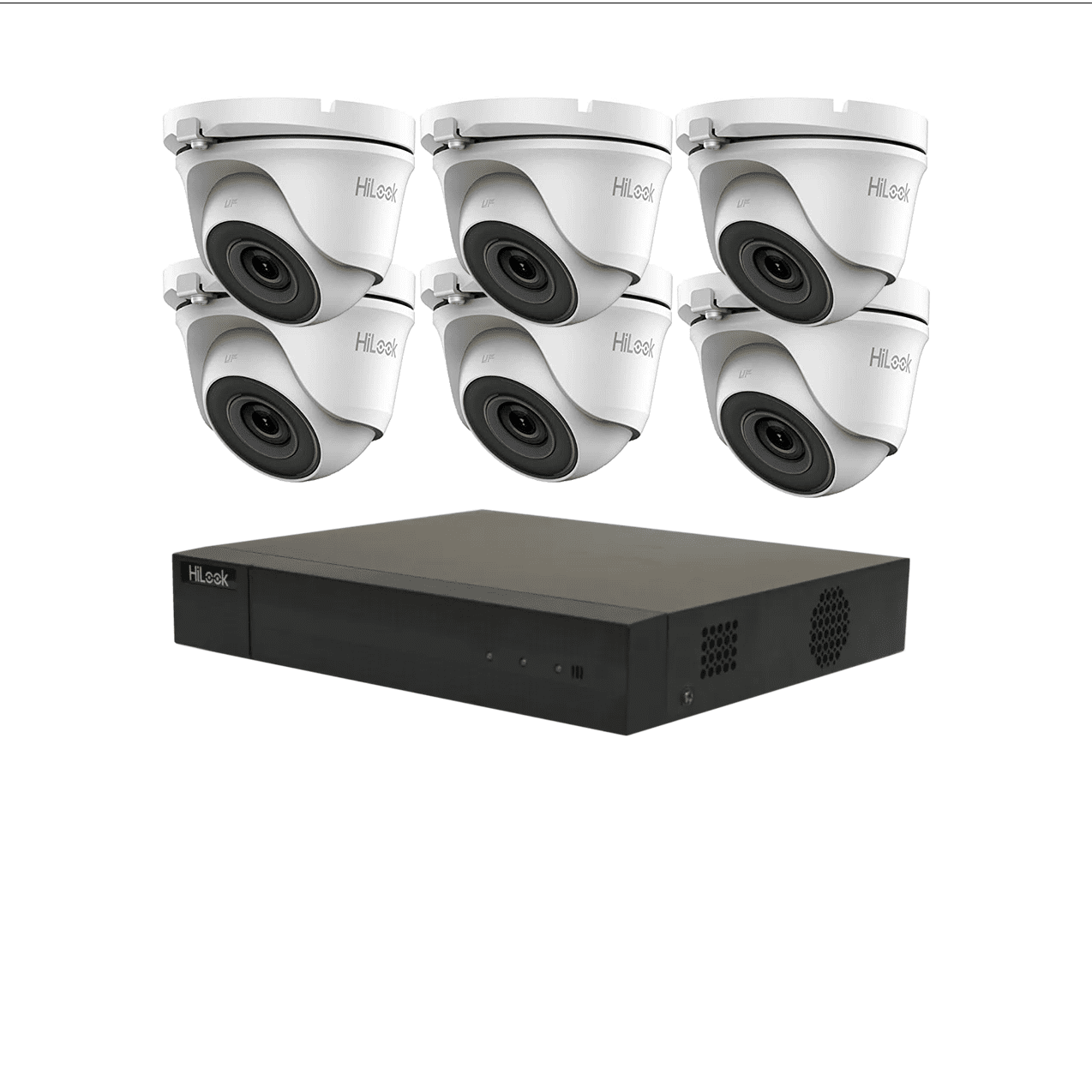Digital Video Recorders (DVRs): Revolutionizing the Way We Consume and Store Media


Introduction
The advent of Digital Video Recorders (DVRs) has revolutionized the way we watch television, consume media, and store our favorite shows and movies. DVRs have replaced traditional VCRs and DVD recorders, offering users unprecedented control over their entertainment experience. This article explores the history, functionalities, benefits, and impact of DVR technology on the media landscape.


I. The Evolution of DVRs
In the late 1990s, DVR technology emerged as a breakthrough innovation in the field of media consumption. The first commercial DVR was developed by TiVo in 1999, introducing a new era of time-shifting television. Unlike VCRs, which relied on tapes and limited recording options, DVRs utilized a hard drive to store content digitally. This advancement allowed users to record, pause, rewind, and fast-forward through live television with ease.
II. How DVRs Work
DVRs are essentially computers designed to record and store audio and video content. They are typically equipped with a TV tuner that receives signals from cable, satellite, or over-the-air broadcasts. The DVR’s hard drive stores the recorded content, allowing users to access it whenever they desire. Some DVRs also offer network connectivity, enabling users to stream and download content from the internet.
III. Functionality and Features
Time-Shifting: DVRs allow viewers to watch TV shows and movies at their convenience by recording them for later playback. This feature has drastically changed viewers’ habits, giving them the flexibility to watch their favorite programs without being tied to scheduled broadcasts.
Pause and Rewind Live TV: One of the most loved features of DVRs is the ability to pause and rewind live television. Viewers can now take breaks during live broadcasts or rewatch exciting moments.
Recording Multiple Shows Simultaneously: DVRs with multiple tuners enable users to record several shows at the same time, ensuring they never miss their favorite programs, even if they overlap.
Series Recording: DVRs allow users to set up series recordings, ensuring that all episodes of a particular show are recorded automatically.
Ad-Skipping: Some DVRs offer the option to skip through commercials during playback, providing a more seamless and uninterrupted viewing experience.
Parental Controls: DVRs often include parental control features, allowing parents to restrict access to certain content based on age ratings or specific criteria.
IV. Impact on Television and Advertising
The introduction of DVRs had a significant impact on the television industry, leading to both challenges and opportunities.
Shift in Advertising Methods: As viewers started skipping commercials, traditional advertising methods faced challenges. Advertisers had to adapt their strategies to reach audiences effectively. This led to the rise of product placement, sponsorships, and targeted advertising.
Importance of Time-Shifted Viewing: DVRs made time-shifted viewing more prevalent, leading networks to consider Live+3 and Live+7 ratings to account for delayed viewing, which became crucial in determining a show’s success.
Viewer Engagement: DVRs increased viewer engagement by empowering them to have more control over their viewing experience. This shift compelled television networks to produce compelling and binge-worthy content to retain viewership.
V. DVRs and Streaming Services
The rise of streaming services like Netflix, Hulu, and Amazon Prime Video has changed how people consume media. Many streaming devices and Smart TVs come equipped with built-in DVR-like features, enabling users to pause, rewind, and fast-forward through streaming content.
VI. DVRs and the Future
As technology continues to advance, the future of DVRs holds exciting possibilities.
Cloud-Based DVRs: Cloud-based DVRs are becoming more popular, allowing users to store their recordings remotely and access them from any device with an internet connection.
Integration with AI and Voice Assistants: Integration with artificial intelligence and voice assistants will enable users to control their DVRs effortlessly using voice commands.
Advanced Personalization: DVRs will likely offer more personalized content recommendations based on users’ viewing habits and preferences.
Conclusion
Digital Video Recorders have transformed the way we consume television and media, offering unparalleled flexibility and control over our entertainment experience. With the rise of streaming services and ongoing technological advancements, DVRs will continue to play a significant role in shaping the future of media consumption. As the industry evolves, it will be exciting to see how DVR technology adapts to meet the changing needs and preferences of audiences worldwide.
